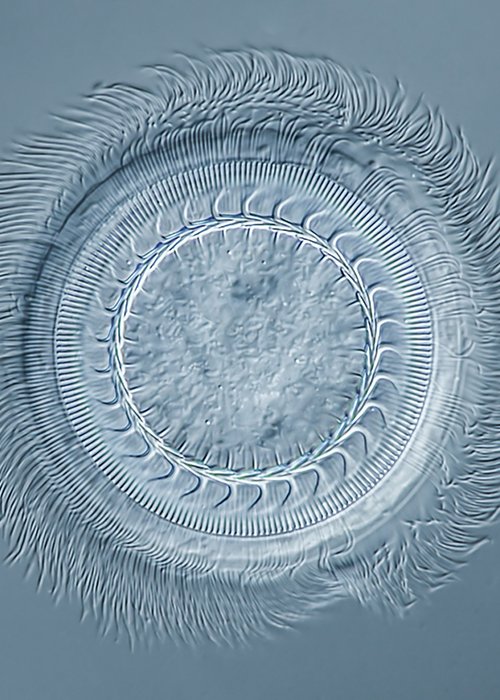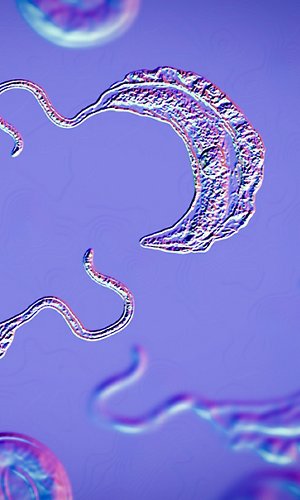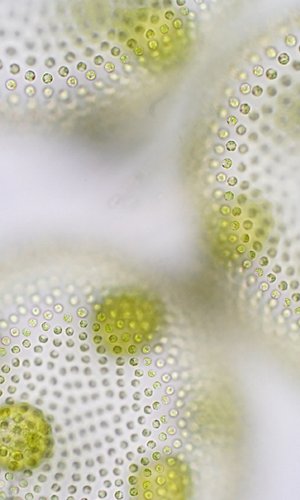All you need is a small puddle of water to be able to find some protista, which are very small microorganisms; commonly they may be found in the thin film of water covering particles of the ground. There are a number of parasite species, some of which cause severe diseases in man, such as malaria; others live in symbiosis with other animals, for example in their intestines, and their action facilitates the digestive processes.







